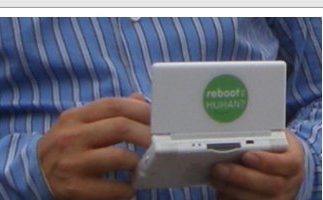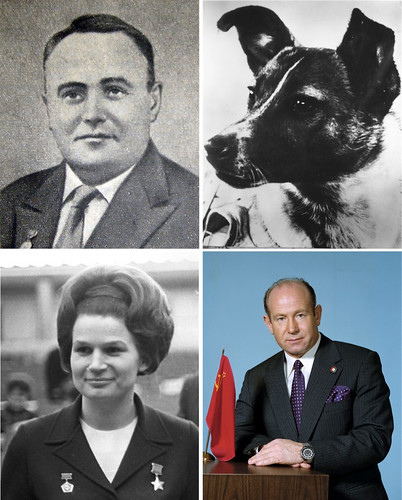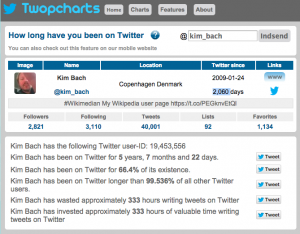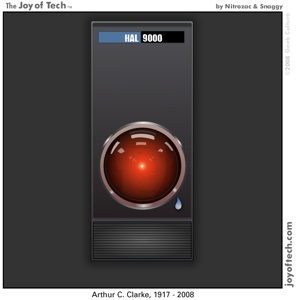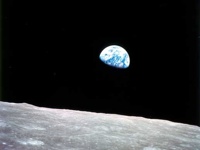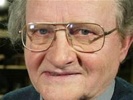Umiddelbart er den tegning jo fin, men i min ungdom var det anderledes.
I begyndelsen af 70’erne var jeg meget optaget af den kommende dommedag, olien var ved at slippe op, The Limits to Growth dokumenterede at uanset hvad vi gjorde, så ville det gå galt, og at feks. de kommende supersoniske fly og raketter ville ødelægge ozonlaget.
Alt det var jeg meget bevidst om, og det var ikke noget jeg lærte i skolen, det var gennem Danmarks Radio, ikke mindst det hedengange P1 program: Leksikon.
I 1977 tog jeg så selv et kursus på Ungdomsskolen for at lære at programmere, i 1978 tog jeg kurset igen, på det alter ofrede jeg min spejderkarriere, som også var svært inkompatibel med sen 70’ernes fremherskende ideologi i Gymnasierne. Det var også svært inkompatibelt at arbejde med datamaskiner i sen 70’erne, så det droppede jeg også til fordel for politik og marginalkultur – nørden var ikke velset dengang…
Men dette, mit første program skrevet i BASIC, hang dog, trods alt, ved:
10 LET H=5
20 LET G=10
30 LET A=0.5*H*G
40 PRINT AOg det mere generelle:
10 INPUT H,G
20 LET A=0.5*H*G
30 PRINT A
Senere, efter Gymnasiet hvor jeg startede på et teknisk universitet, rettede jeg ind, og har vel i min karriere været medvirkende til at kanalisere rigtig mange millioner, regnestykket er komplekst, til Seattle og Cupertino, men også til Indien, Kina og Ukraine.
Jeg magtede så ikke at gennemføre min uddannelse, men jeg har alligevel arbejdet professionelt det meste af tiden siden 1983, og jeg tør slet ikke regne min gennemsnitlige timeløn ud, og min månedsløn før skat har svinget fra 0 til 80.000, og min arbejdsuge fra 0 til over 100 timer.
Udokumenterede kompetencer
At du så næppe kan få et fast arbejde i det etablerede system, bla. pga. manglende dokumenterede kompetencer, er vore alles problem.
Pensum
Mit budskab er at du, når du har lært de basale færdigheder som at læse og skrive, så lær informationssøgning og kildekritik, herefter står du for din egen uddannelse, men find nogle gode lærere, det der populært kaldes venner.
Her kan du passende starte din egen uddannelse:
Og du kan fortsætte her:
Sjovt nok var det første programmeringssprog jeg lærte, i 1977, programmeringssproget BASIC, og det stadig er i udbredt brug, f.eks. til makroer i Microsoft Office, så det mest karrierefremmende du kan gøre, hvis du vil arbejde med udvikling af programmer, er måske stadig at lære BASIC.
Myten om den hurtige teknologiske udvikling
At den teknologiske udvikling går ekstremt hurtigt, er en vandrehistorie, dine udokumenterede, såvel som de dokumenterede, kompetencer indenfor teknologi er langtidsholdbare.
Her viser jeg bla. hvordan mit første program ville se ud i andre programmeringssprog, nå ja, det minder mig om hvor meget jeg elsker APL, det er måske det du skal lære først, dine kompetencer er så mindre brugbare, underdrivelse, hvis du skal have et arbejde som programmør i en virksomhed…
Samme program i APL som i BASIC :-O. Jep! Det skal læses fra højre mod venstre.
(∼R∈R°.×R)/Râ†1↓ιR?
One more thing…
Resultatet af afstemningen som altid følger en Joy of Tech stribe? What would be highest on your list of things to teach in school?
46% svarede:
How to learn, and how to love to keep learning, … curiosity may have killed the cat, but it died as clever as a fox.
Vi lader lige den stå.
